Trump's plan for pirate mining
Published in Political News
On April 24, President Donald Trump issued another questionable executive order, this one calling for deep-sea mining in both federal and international waters. The former is within his control; the latter would be a violation of international law.
Although the U.S. is not a signatory to the United Nations Convention on the Law of the Sea— the 1982 treaty ratified by 169 other nations that regulates maritime activities, including deep-sea mining, on and in the high seas — the U.S. has always abided by it. Until now.
“You know we’re sometimes an outlier on things like the Law of the Sea treaty,” says Rep. Jared Huffman, D-San Rafael, ranking member on the House Natural Resources Committee. “And what (Trump’s) doing with deep-sea mining is just making us even more of a lone ranger, if not a pariah.”
Global mining consortiums have been eyeing mineral-rich nodules on the ocean floor since the 1970s. Sometimes as large as potatoes, the nodules form around a hard nucleus, such as a grain of sand or a shark’s tooth, accumulating minerals out of seawater and sediment over millions of years in the deep benthic zone, the least-studied of the ocean’s fragile ecosystems. Given the limits of 20th century technology, mining two to three miles below the ocean’s surface proved commercially impractical, to the relief of environmentalists and oceanographers.
But a bad idea that promises quick returns never gets old. Today, tech-driven mining corporations, such as the Metals Company of Canada, known as TMC, are leading the way back into the deep.
The UN’s International Seabed Authority, established under the Law of the Sea treaty, has granted TMC and other companies exploratory permits for deep-sea mining. Using massive mother ships, the companies deploy tank-tread “robotic excavators” (essentially, underwater bulldozers) or giant vacuum crawlers connected to pipes, pumps and miles of power cable. The Metals Company alone has recovered 4,500 tons of nodules. Now, TMC and the Trump administration are claiming that a novel interpretation of an obscure American law allows the U.S. National Oceanic and Atmospheric Administration to issue commercial mining permits in waters the rest of the world considers outside American jurisdiction.
In 1960, U.S. Navy Capt. Don Walsh was one of the first two humans to reach the deepest part of the ocean — the so-called Challenger Deep — along with Jacques Piccard, who piloted their bathysphere. Two years before Walsh died in 2023, he explained why opening large swaths of international waters to deep-sea mining would be a mistake.
“It’s kind of like clear-cutting the forest,” Walsh told me. “It doesn’t differentiate between the ore and the things that live on the seafloor. And these are organisms that take thousands of years to populate an area. So, I can’t support awarding mining permissions or licenses to areas that have not been carefully studied.”
That’s also the assessment of more than 900 marine scientists and policy experts from 70 nations who have signed a statement urging the United Nations to hold off on licensing mining operations “that could result in the loss of biodiversity and ecosystem functioning.”
What we don’t know about the deep ocean is astonishing. Just last year, a paper in the journal Nature showed that the nodule-covered seafloor in a 1.7-million-square-mile area between Hawaii and Mexico — where mining companies are already exploring — was producing “dark oxygen.” Until that revelation, scientists had considered sunlight, for photosynthesis, essential for ocean oxygen. The “huge” discovery, as described by the lead researcher, needs more study. Understanding the dark oxygen process could translate into the ability to sustain life on other planets or remake our understanding of how life began on Earth.
Mining the seabed raises other concerns besides the need to preserve dark oxygen. The oceans are a carbon sink. If the sediments are constantly stirred up, as they would be in mining, we “may be reintroducing that carbon back into the water column — and then ultimately back into the atmosphere,” NOAA Administrator Rick Spinrad cautioned me back when he ran the agency in 2023.
His remarks stand in sharp contrast to the headline on a recent fawning news release from the current NOAA — “‘The next gold rush’: President Trump unlocks access to critical deep seabed minerals” — and its subhead: “Historic executive order will boost economic growth, support national security.”
The mining companies like to argue that scraping the bottom of the deep ocean is itself a climate solution and can be accomplished with appropriate ecosystem safeguards. The nodules are rich in manganese, copper, nickel and cobalt, key constituents of battery-powered clean energy, such as EVs.
“You’ve got to have a planetary perspective,” the Metal Company’s chief scientist Greg Stone insists, but critics question the environmental vision of the mining industry.
Thirty-three nations, including France and New Zealand, have called for a moratorium on deep-sea mining until the world’s largest habitat is better understood. Corporate customers including Google, Samsung, Philips, Volvo and BMW have pledged to keep deep-sea minerals out of their electric cars and other products.
The United States during the Biden administration supported a take-it-slow approach. Deep-sea mining “is not ready for prime time,” Monica Medina, assistant secretary of State for oceans and international environmental and scientific affairs, told me two years ago. For the present, Trump’s Secretary of State Marco Rubio is retaining that post but not that policy position.
Like Trump’s America, China and India have shown keen interest in quickly bringing commercial mining operations to the planet’s last physical frontier. The tiny Pacific Island nation of Nauru, which has a contract with the Metals Company, has been pushing the Seabed Authority to finalize its deep-sea regulations and issue commercial permits.
Under Trump’s executive order, the United States is barreling ahead regardless, circumventing the Law of the Sea and the best advice of scientists who are pleading for a better understanding of what dredging the sea floor could destroy or unleash. On the high seas in the 21st century, the U.S. may prove to be the world’s newest pirate threat.
_____
David Helvarg is the executive director of Blue Frontier, an ocean policy group. He co-hosts “Rising Tide: The Ocean Podcast.”
_____
©2025 Los Angeles Times. Visit at latimes.com. Distributed by Tribune Content Agency, LLC.
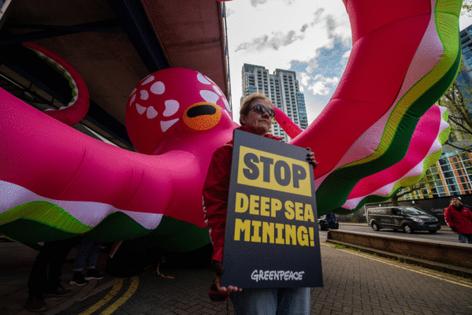


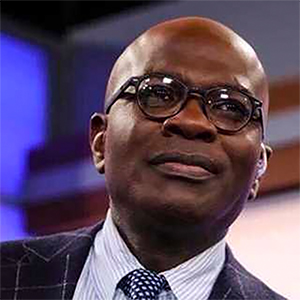



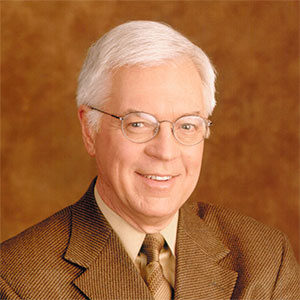









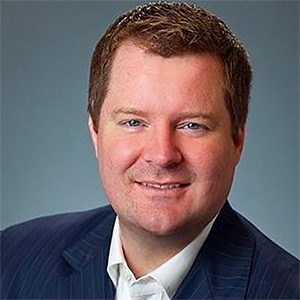





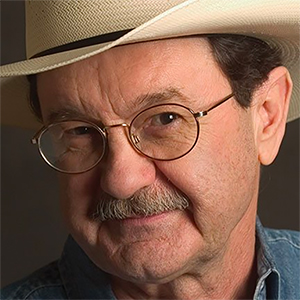

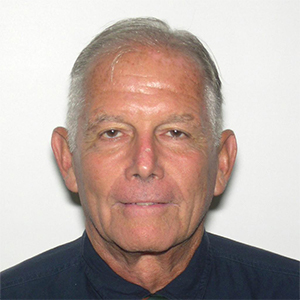

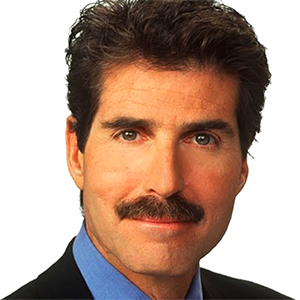

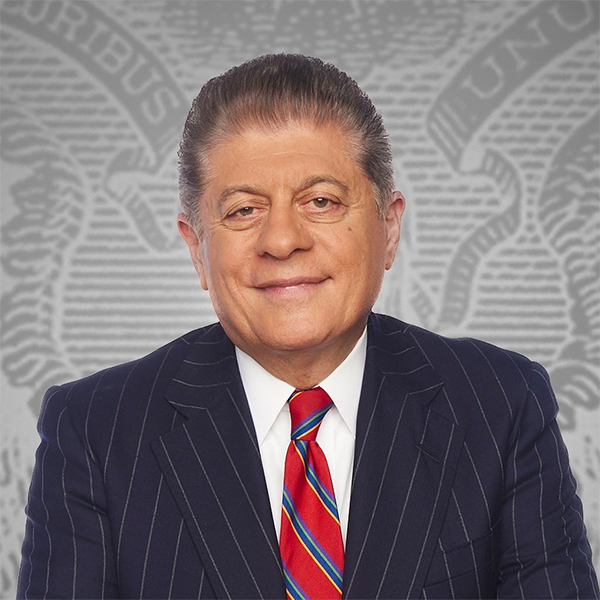







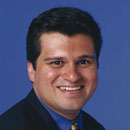












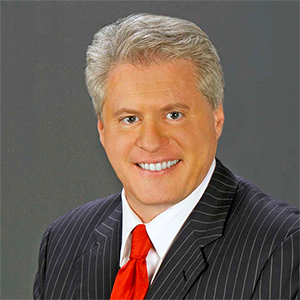






Comments